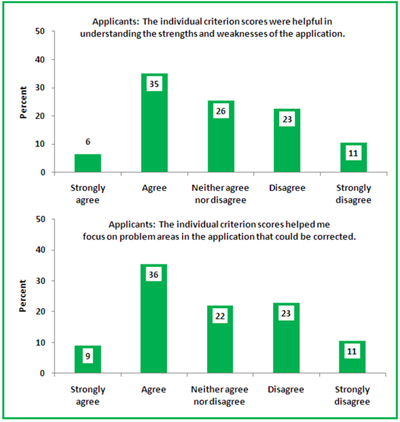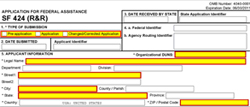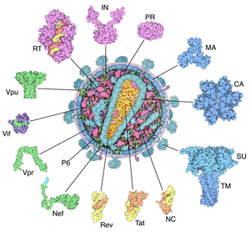
Image copyright David S. Goodsell, RCSB PDB, www.pdb.org
An exceptional array of structural biologists, cell biologists, virologists and other researchers gathered at NIH late last month to discuss achievements, applications and future directions in AIDS-related structural biology. The group was attending the 25th Annual Meeting of the Groups Studying the Structures of AIDS-Related Systems and Their Application to Targeted Drug Design.
I was extraordinarily impressed by the quality of the science, the passion with which it was presented and the interactive culture of the community.
The meeting began with a keynote address by Steve Harrison of Harvard Medical School. He provided valuable historical perspective and then outlined major challenges facing the field. Two days later, the event concluded with a provocative talk by Manuel Navia of Oxford Bioscience Partners about the economics of bringing new lead compounds through the drug development pipeline.
In between were sessions on the HIV life cycle, HIV host-pathogen interactions, imaging, latency, viral host recognition and structure-based drug design and resistance. There were also lively poster sessions showcasing more than 70 projects.
Approximately 2.8% of the NIGMS budget supports research related to AIDS, which includes individual grants, program projects, centers and institutional training grants.
A major focus of our current AIDS-related structural biology efforts is three P50 Centers for the Determination of Structures of HIV/Host Complexes. With cofunding from the National Institute of Allergy and Infectious Diseases, we support the Center for HIV Protein Interactions at the University of Pittsburgh; the Center for the Structural Biology of Cellular Host Elements in Egress, Trafficking, and Assembly of HIV at the University of Utah; and the HIV Accessory and Regulatory Complexes Center at the University of California, San Francisco. These centers use a comprehensive, collaborative approach that engages the larger biological community involved in HIV-cell complex research.
Because the funding initiative for the P50 centers expires next year, we solicited feedback on the program from meeting attendees. We also asked them about emerging scientific opportunities in the field and the best way to move forward. We welcome your input on these topics, too. We’ll talk more about future of NIGMS AIDS-related funding opportunity announcements at the May 2011 meeting of the National Advisory General Medical Sciences Council.
Although many scientific questions remain, the 25th anniversary meeting underscored how basic research on the structure of HIV-1 and interacting host proteins has significantly increased our understanding of virus biology and informed structure-based therapeutic approaches.
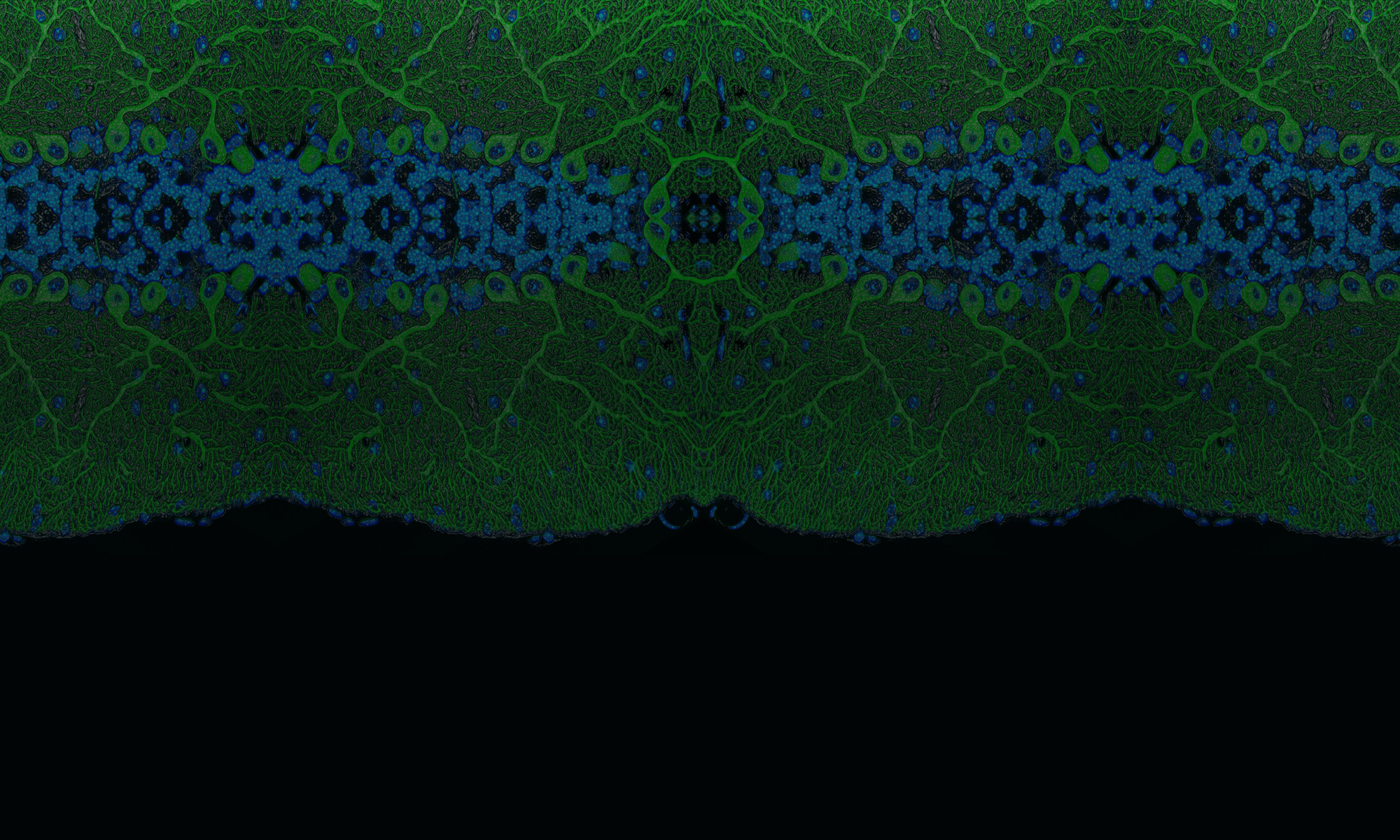

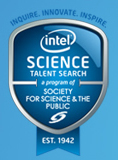
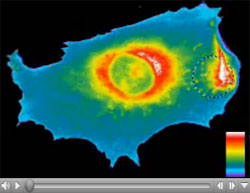 NIH is seeking broad input from the scientific community on challenges and opportunities in single-cell analysis, a topic of great interest and relevance to many NIGMS grantees and applicants. Please help NIH shape its future programs in this emerging research area by sending in your opinions. The
NIH is seeking broad input from the scientific community on challenges and opportunities in single-cell analysis, a topic of great interest and relevance to many NIGMS grantees and applicants. Please help NIH shape its future programs in this emerging research area by sending in your opinions. The 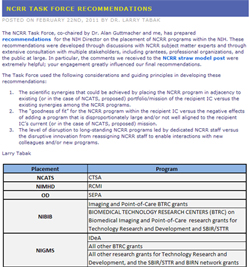 I have previously noted that NIH has proposed creating a new entity, the National Center for Advancing Translational Sciences (NCATS), to house a number of existing programs relating to the discipline of translational science and the development of novel therapeutics. Plans for NCATS have been coupled to a proposal to dismantle the National Center for Research Resources (NCRR), in part because the largest program within NCRR, the Clinical and Translational Science Awards, would be transferred to NCATS and in part because of a statutory limitation on the number of institutes and centers at NIH.
I have previously noted that NIH has proposed creating a new entity, the National Center for Advancing Translational Sciences (NCATS), to house a number of existing programs relating to the discipline of translational science and the development of novel therapeutics. Plans for NCATS have been coupled to a proposal to dismantle the National Center for Research Resources (NCRR), in part because the largest program within NCRR, the Clinical and Translational Science Awards, would be transferred to NCATS and in part because of a statutory limitation on the number of institutes and centers at NIH.